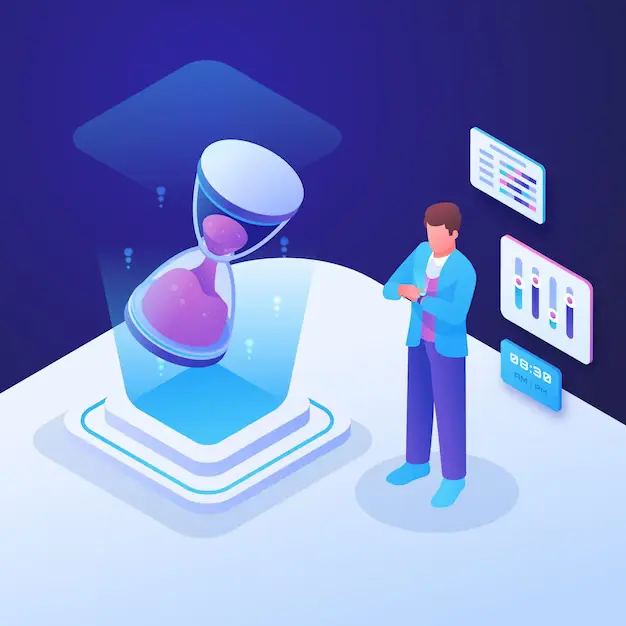For many businesses and organizations, moving toward a data-driven culture is essential to their survival. These sorts of vague exhortations, though, don’t do a great job of setting an organization on the path to becoming a data-driven culture. If you want to make data a focus of your operation, follow these 5 strategies.
1. Understand Why You Want to be Data-Centric
Before you can execute other strategies, it’s critical to make sense of where data fits into your organization’s goals and why you’re heading in this direction. For example, there’s a huge difference in mentality between trying to catch up with competitors and helping your business take advantage of opportunities. You can’t develop a data-driven culture just because it’s the most recent trend.
Nail down what are the basic opportunities in your industry and at your organization. Think about how customers might benefit from dealing with a more data-centric business. A clothing retailer, for example, might determine that it wants to be more data-centric because it needs to:
- More accurately track and predict trends
- Streamline its inventory and purchasing processes
- Identify non-recurring customers and how to increase retention rates
Use this why factor in your list to guide later strategic efforts.
2. Determine Who Must Be Onboarded
As much as companies talk about bringing everyone onboard with a data-centric mentality, the reality is that the cleaning staff probably doesn’t need training sessions to get them on board. Think about who would be the target of a serious quip like, “Don’t you know we’re a data-centric business?” If a person is on that list, they need to be brought on board.
Be aware that executives are especially important in forming the new culture of data in a company. If the people at the top don’t understand why they’re suddenly being overwhelmed with dashboards, charts, and analysis, you’re going to have a hard time getting others to participate.
Also, be prepared to sever ties with people who won’t or can’t get on board. It needs to be clear to employees that the future success of the organization will be dependent upon continuously strengthening the data culture. That applies even if it means taking short-term losses to lengthy hiring processes in order to lose people who aren’t on board and to retain those who are is critical to cultivating data culture.
3. Form a Democratic Attitude Toward Data Access
Departments often hold onto data pools for a variety of reasons, including:
- Unawareness of the value of their data to others
- Interdepartmental rivalries
- Poor organizational practices
- Lack of social and computer networking to other departments
A data lake that every authorized party in the company has access to can foster innovation. Someone in marketing, for example, might be able to discover trends by looking at data from the inventory side of the operation.
To be clear, there’s a difference between being democratic and anarchistic. Access control is essential, especially for data that is sensitive for compliance, trade secrecy and privacy reasons. Good admins will help you ensure that all parties have appropriate levels of access.
4. Know What Infrastructure Must Be Built Out
A data-driven culture marches on a road paved with cabling, servers and analytics software. If your company hasn’t upgraded networking in over a decade, for example, you may want to look into having the work done to speed up access. Similarly, you’ll have to make decisions about building servers onsite versus using cloud-based solutions, adopting specific software stacks and choosing particular team processes.
5. Learn How to Measure Performance
Lots of great insights come from projects that don’t necessarily put money in the company’s bank accounts on day one. On the other hand, it’s easy to let employees foster pet projects in their own fiefdoms without much supervision if you turn them loose with resources.
The solution is to implement meaningful measures of performance. Promotions and raises need to be tied to turning projects into successes for the whole company. While people need room to be able to learn, they also need encouragement to work efficiently and quickly move onto exploring additional ideas.
Establish the metrics that matter for your data-driven cultural revolution. As the effort moves forward, look at the data to see how well the push is succeeding. Be prepared to revise metrics as conditions change, too. By following the data to its logical conclusions, you’ll find a host of new opportunities waiting to be capitalized on.












